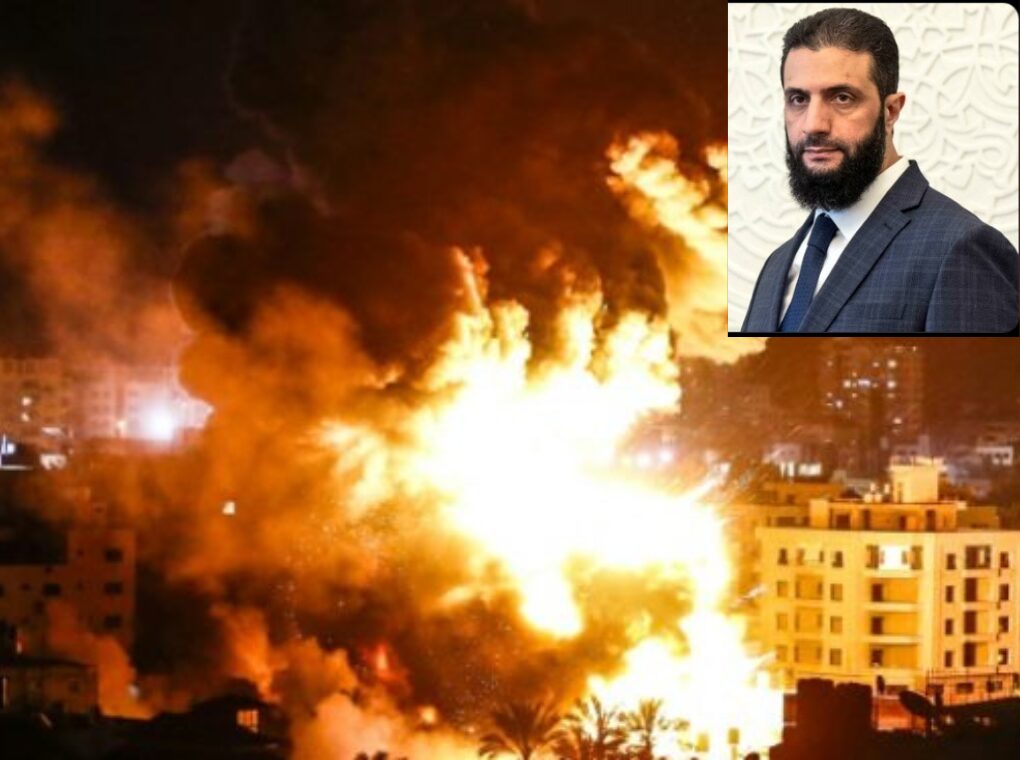As of July 16, 2025, Syria is once again at the epicenter of a multifaceted conflict that threatens to redraw the country’s geographical landscape. The recent escalation of violence, marked by Israeli military actions, the secessionist ambitions of the Druze community, and the involvement of various militant groups, has plunged the nation into a new phase of war.
Background: The Fall of Assad and the Rise of New Power Structures
The fall of President Bashar al-Assad’s regime in December 2024 marked a significant turning point in Syria’s protracted civil war. The vacuum left by Assad’s departure was quickly filled by Hayat Tahrir al-Sham (HTS), led by Ahmed al-Sharaa, who assumed the role of de facto leader. However, the transition has been far from smooth, with various ethnic and religious groups expressing distrust towards the new Islamist-led government. The Druze community, in particular, has been vocal about their concerns, fearing marginalization under HTS’s rule.
Israeli Intervention and the Druze Secession
Israel’s involvement in the Syrian conflict has intensified in recent months, with the stated aim of protecting the Druze minority. On July 14, 2025, Israeli forces conducted airstrikes in southern Syria, targeting Syrian government tanks in the Suwayda province.
This military action came in response to sectarian clashes between Druze militias and Bedouin tribes, which have resulted in significant casualties. The Israeli government, under Prime Minister Benjamin Netanyahu, has positioned itself as a protector of the Druze. This stance has been both welcomed and criticized by different factions within Syria.
The Druze, backed by Israel, are now seeking to secede from the central authority controlled by HTS and other Islamist groups, including remnants of ISIS and Al Qaeda. This move is part of a broader prediction that Syria will fragment into several regions, each governed by different ethnic or ideological groups.
The secessionist ambitions of the Druze are fueled by a desire for autonomy and protection from the violence and instability that have characterized the post-Assad era.
Turkish Warnings and Israeli Ambitions
Turkey has issued a stark warning regarding Israeli intentions in Syria. Reports suggest that Israel is planning to eliminate Ahmed al-Sharaa and potentially take over Damascus. This development has heightened tensions in the region, with Turkey viewing such actions as a direct threat to its strategic interests. The Turkish government, which has historically supported various opposition groups in Syria, is particularly concerned about the implications of Israeli expansionism in the area.
HTS’s Threat to Invade Tel Aviv
In a dramatic escalation, HTS has threatened to invade Tel Aviv if Israel proceeds with the elimination of al-Sharaa. This threat highlights the volatile nature of the conflict and the potential for it to escalate into a broader regional war.
HTS, which controls significant portions of Syria, including the capital, Damascus, has positioned itself as a formidable force capable of challenging Israeli military superiority. The group’s rhetoric is not merely bluster; it reflects a willingness to engage in direct confrontation if its leadership is targeted.
The Role of Other Actors
The conflict in Syria is further complicated by the involvement of other regional and international actors. The United States has maintained contact with HTS, despite its designation as a terrorist organization, indicating a complex web of diplomatic engagements.
Russia, a former ally of Assad, has reduced its military presence but continues to monitor the situation closely. Iran, another key player, has seen its influence wane with the fall of Assad, but it remains a significant factor due to its support for various Shia militias.
Implications for Syria and the Region
The potential division of Syria into several regions poses significant challenges for the country’s future. A fragmented Syria could lead to prolonged instability, humanitarian crises, and the rise of non-state actors. The secession of the Druze, supported by Israel, could set a precedent for other groups to seek autonomy, further eroding the notion of a unified Syrian state.
Regionally, the conflict has the potential to draw in other countries, exacerbating existing tensions. Turkey’s warning about Israeli ambitions in Damascus highlights the risk of a broader confrontation involving NATO members and Middle Eastern states. The threat by HTS to invade Tel Aviv, if realized, could trigger a full-scale war between Israel and Syria, with unpredictable consequences for the region.
The new war in Syria, characterized by Israeli intervention, Druze secession, and the threat of regional instability, represents a critical juncture in the country’s history. The involvement of multiple actors, each with their own agendas, has created a complex and volatile situation.
As the conflict unfolds, the international community must navigate a delicate balance between supporting stability and avoiding further escalation. The coming months will be crucial in determining whether Syria can emerge from this crisis as a cohesive state or if it will descend into further fragmentation and chaos.
